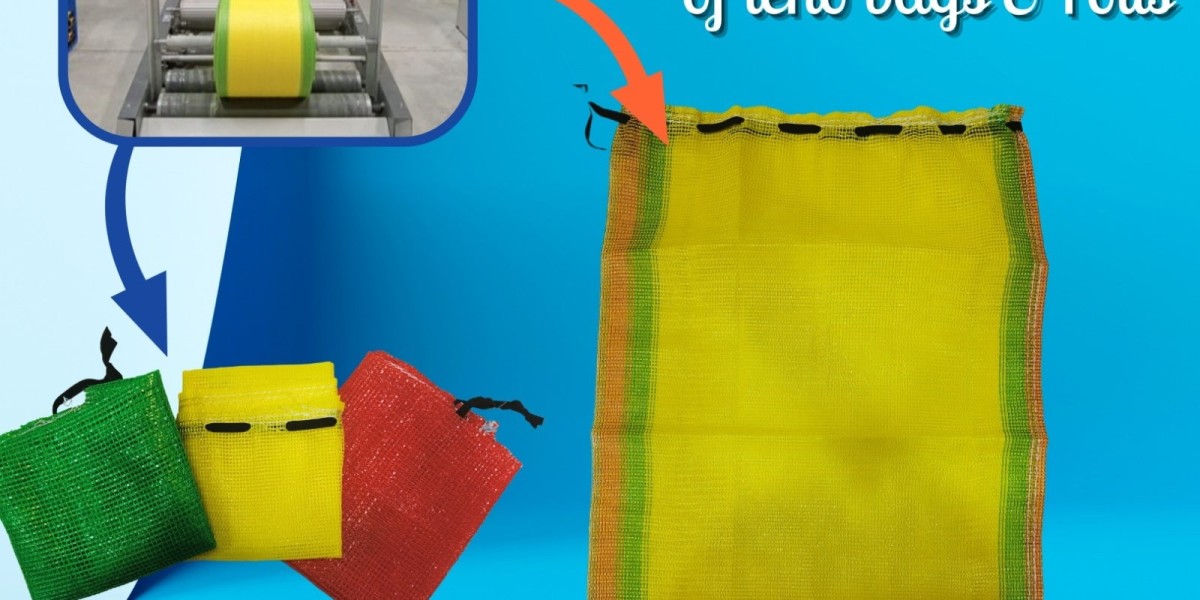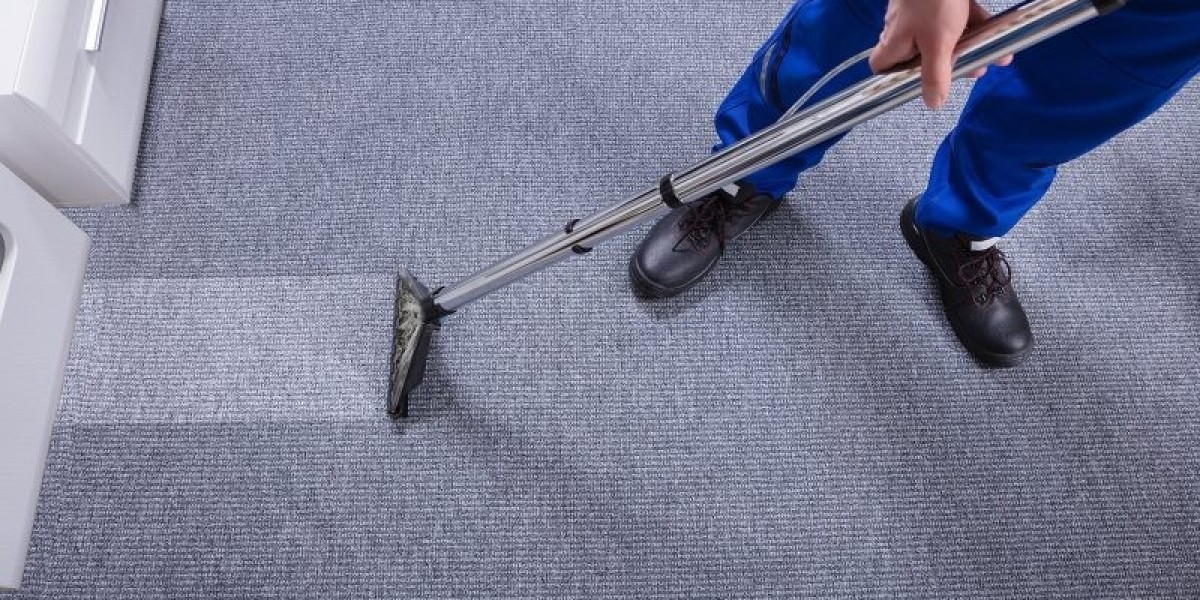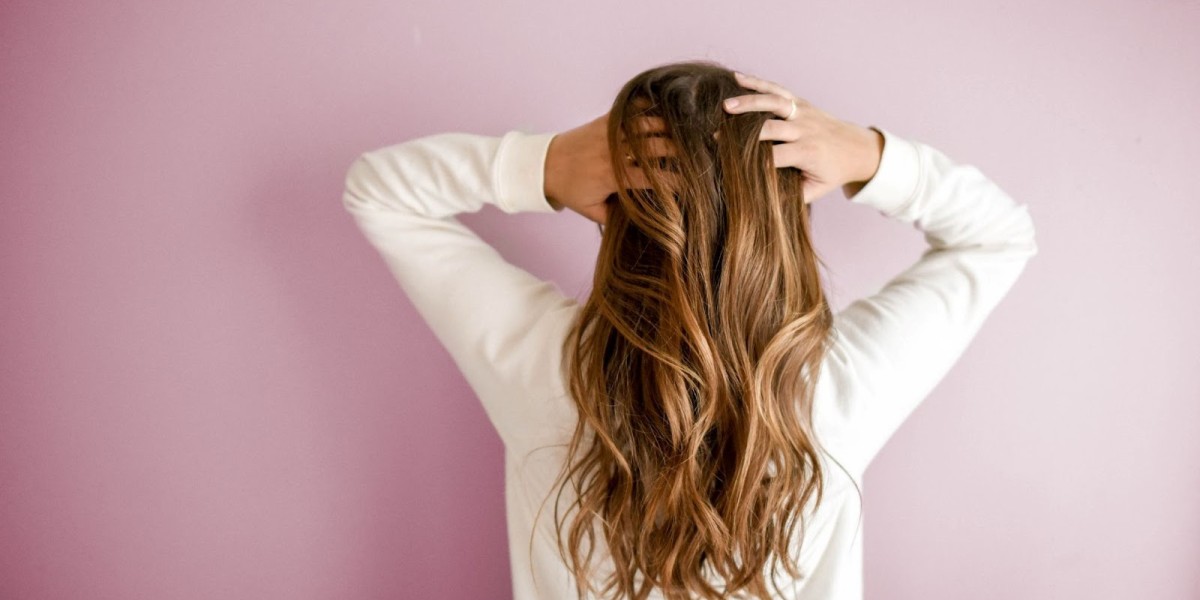Introduction
Leno fabric, known for its unique weave structure and remarkable durability, has garnered significant attention in various industries. This textile's distinctive characteristics make it an excellent choice for diverse applications, ranging from fashion to agriculture. In this post, we will delve into what makes leno fabric special, explore its historical background, and understand its numerous benefits and applications.
What is Leno Fabric?
Leno fabric is a type of woven textile that utilizes a unique weaving technique called the leno weave or gauze weave. In this method, two warp yarns are twisted around the weft yarns, creating a strong, stable mesh-like structure. This technique prevents the yarns from shifting, resulting in a fabric that is both lightweight and durable. Leno fabric is often used in applications where strength, breathability, and flexibility are paramount.
Key features of leno fabric include:
- Durability: The twisted yarns provide added strength, making the fabric resistant to wear and tear.
- Breathability: The open weave structure allows for excellent air circulation, making it ideal for warm climates and active wear.
- Versatility: Leno fabric can be made from various materials, including cotton, polyester, and blends, catering to different needs and preferences.
Unique Benefits of Leno Fabric
- Durability and Strength Leno fabric is exceptionally durable and strong due to its unique weaving technique. The twisted warp yarns around the weft yarn create a stable structure that resists wear and tear, making it perfect for heavy-duty applications like industrial sacks and protective clothing.
- Breathability and Light Weight The open weave structure of leno fabric allows for excellent air circulation, making it highly breathable and lightweight. This makes it ideal for warm climate clothing, sportswear, and curtains, providing comfort without sacrificing strength.
- Versatility in Uses Leno fabric's versatility is unmatched. It is used in fashion for breathable garments, home textiles like curtains and tablecloths, industrial applications such as composite materials, and agriculture for shade cloths and plant supports. Its adaptability makes it a valuable material across various industries.
- Aesthetic Appeal The unique texture of leno fabric adds a distinctive visual appeal. Its elegant and interesting patterns make it a popular choice for designers in high-fashion garments and home decor, adding sophistication and refinement to any product.
Applications of Leno Fabric
- Fashion and Apparel Leno fabric is favored in fashion for its lightweight, breathable qualities, making it ideal for crafting comfortable yet stylish clothing items like airy tops and dresses.
- Home Textiles In home decor, leno fabric is valued for its delicate drape, commonly used for curtains and draperies to enhance the ambiance of a room while allowing natural light filtration.
- Industrial Uses Industries such as automotive and construction utilize leno fabric for reinforcement purposes, such as seat covers and geotextiles, due to its high tensile strength and durability.
- Agriculture and Horticulture In agriculture, leno fabric serves as shade nets and insect screens, offering protection against sunlight and pests while promoting healthy plant growth through air circulation and light penetration.
Comparing Leno Fabric with Other Fabrics
When comparing Leno fabric with traditional weaves like plain, twill, and satin, several key distinctions arise:
Leno vs. Plain Weave: Leno fabric's twisted yarn construction offers superior breathability and strength compared to the basic structure of plain weave fabrics.
Leno vs. Twill Weave: While twill weave fabrics boast durability, Leno fabric's open mesh texture provides enhanced flexibility and ventilation, ideal for applications requiring both strength and airflow.
Leno vs. Satin Weave: Leno fabric's unique weave structure balances strength and breathability, contrasting with the smooth, glossy surface of satin weave fabrics. This makes Leno fabric versatile for various applications where airflow is essential.
Conclusion
In summary, leno fabric's unique weave structure provides unmatched durability, breathability, and aesthetic appeal. From fashion to agriculture, its versatility makes it a preferred choice. As industries evolve, leno fabric's blend of strength and ventilation ensures its continued relevance and growth in various applications.



